Route: Châteauneuf-Sur-Loire – Orléans – Loches – Le Blanc – Chauvigny – Châteauneuf-Sur-Charente – Bordeaux
Earlier this autumn I cycled from Belgium to Spain. This is part two of that trip.
That next morning, leaving the Orléan forest, I rode into Châteauneuf-Sur-Loire, at the border of the mother of all rivers in France. At home, I planned to just cross the Loire river here, and ride through the forests south of it towards the castle of Chambord. But, once standing at the borders, I thought ‘ Ah, why not, everybody seems to want to ride along the Loire, so now I’m here, why not give it a try, maybe it ‘s worth it’. So along the river I went.
Big mistake !
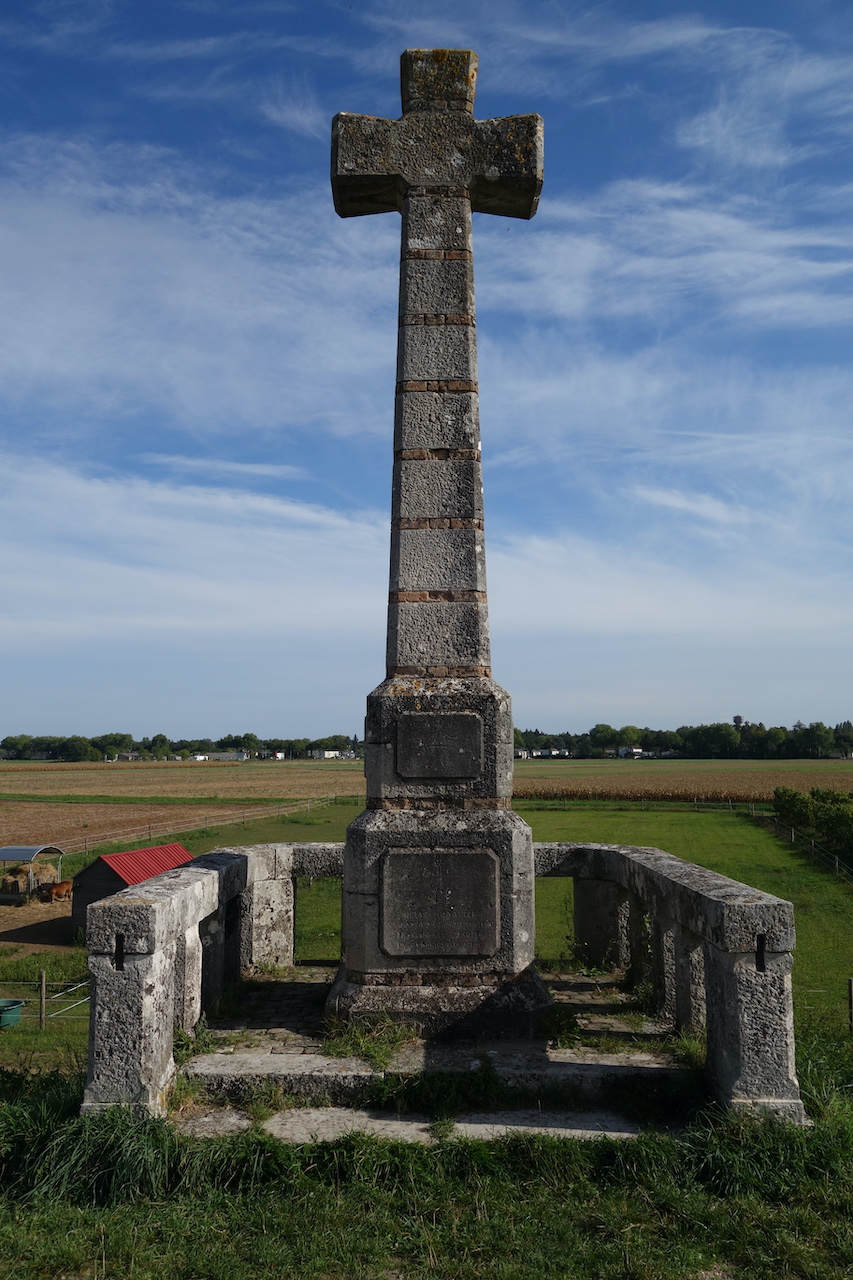
The ‘cycle path along the Loire’ seems to be well off the river almost all the time. I ride between fields with just weeds, or huge works for a new bridge and big road, to more fields with weeds. Orléans, the city of Jeanne d’Arc, was so big, that I headed out as quick as I could. Arriving at the Château de Chambord, south-west of Orléans is quite a sight though. Just the size of it, all the towers, the gardens, it’s really impressive. I wanted to go visit the inside of the castle as well, but didn’t feel comfortable leaving my bike and all the gear at either of the bicycle parkings. Just too many people, that it seems inevitable something would happen.
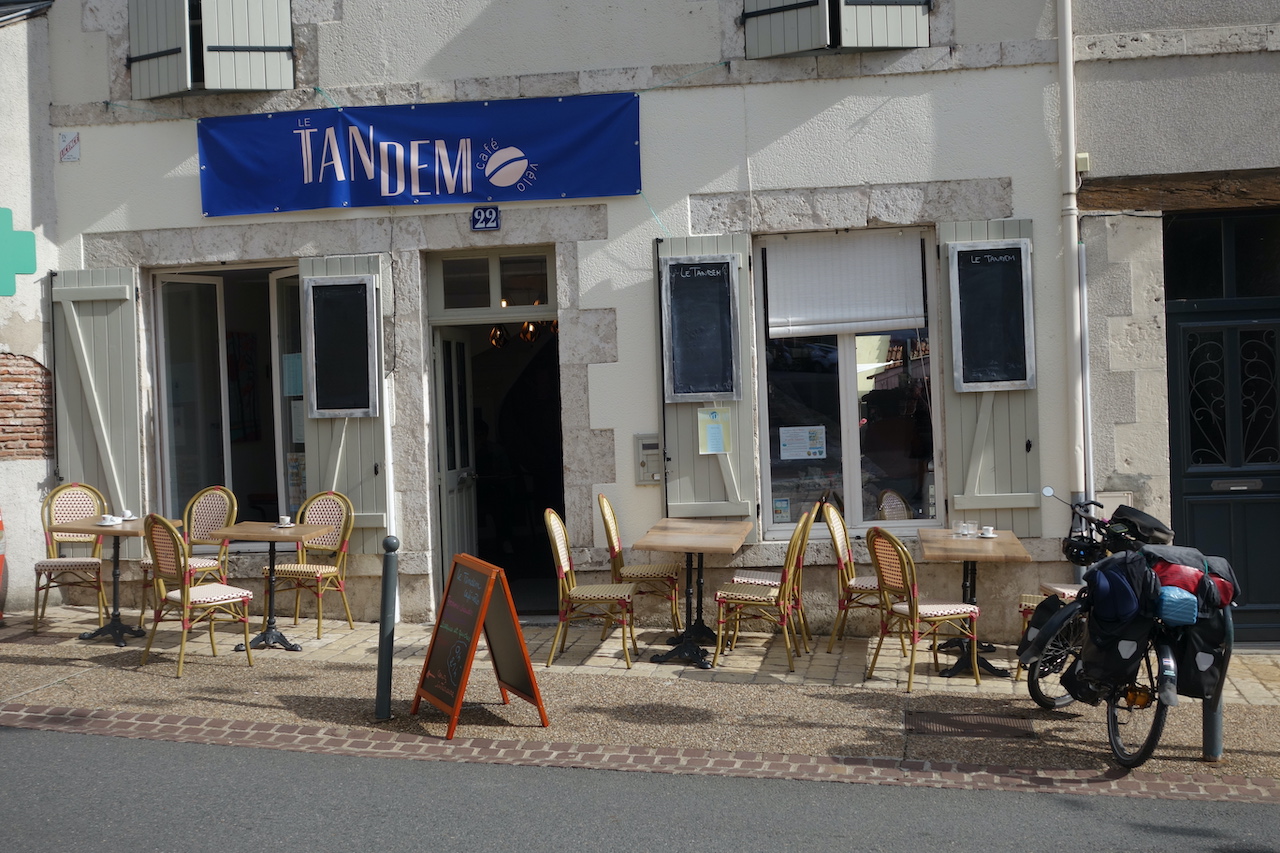


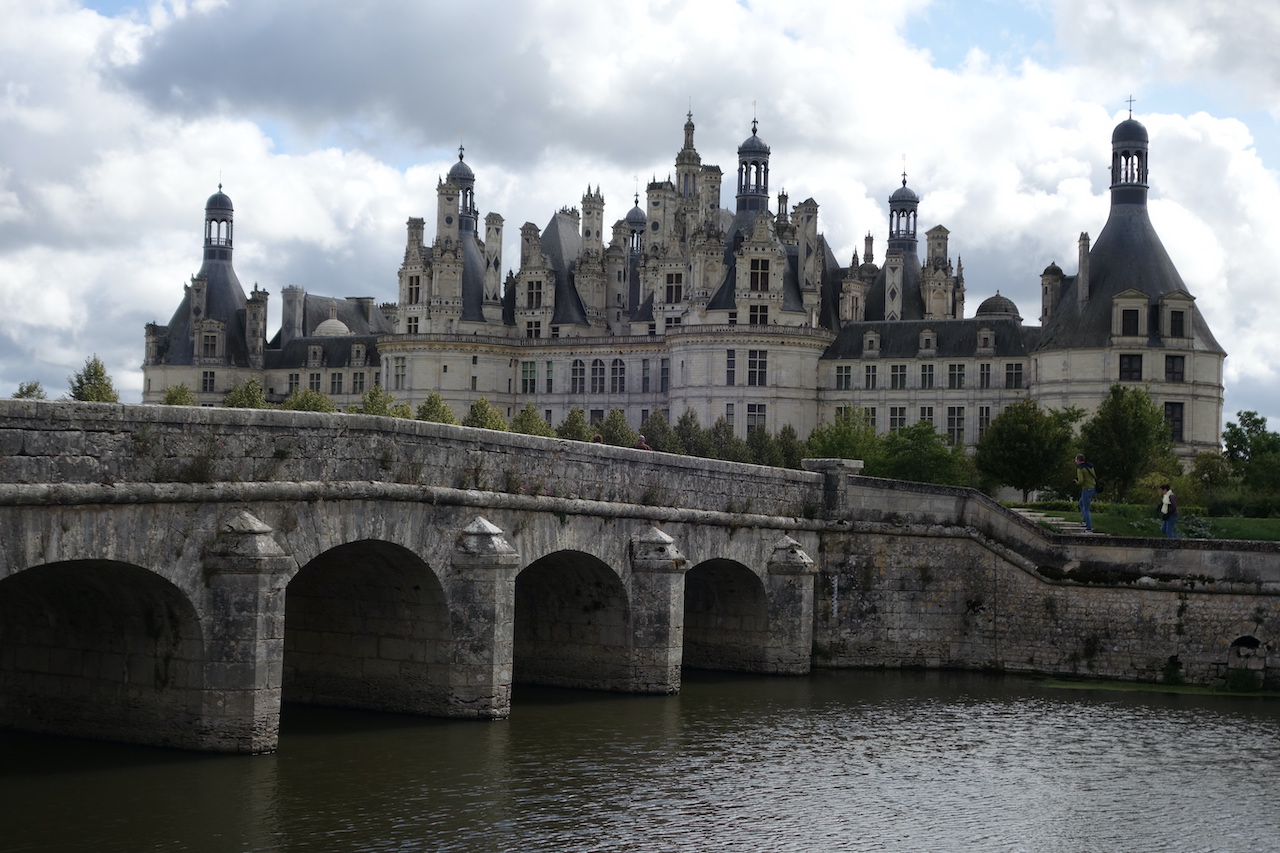


I am back on my originally planned route now, which would come along the Loire just here and on to Amboise. At this town, I visit Château de Clos Lucé. The castle became the summer house of the French kings at the end of the 15th century.
Early in the 16th century, from 1516 till 1519 it was the place where Leonardo da Vinci lived until his death, on invitation of the French King at the time, King Francois I, who lived in his own castle, just 500 meter away. In here, it felt safe to park my bicycle, so I could go inside. You can visit the bedroom of Da Vinci with still the original bed, in which he died. You stand in the room, looking at the bed where he died. A small painting next to the bed gives an impression of the scene. Next door is the bedroom of the patron of da Vinci, Marguerite de Navarra, sister of King Francois I. She became queen of Navarra by her marriage to King Enrique (Henry) II in 1526. You can easily spend half a day in the castle and the gardens.

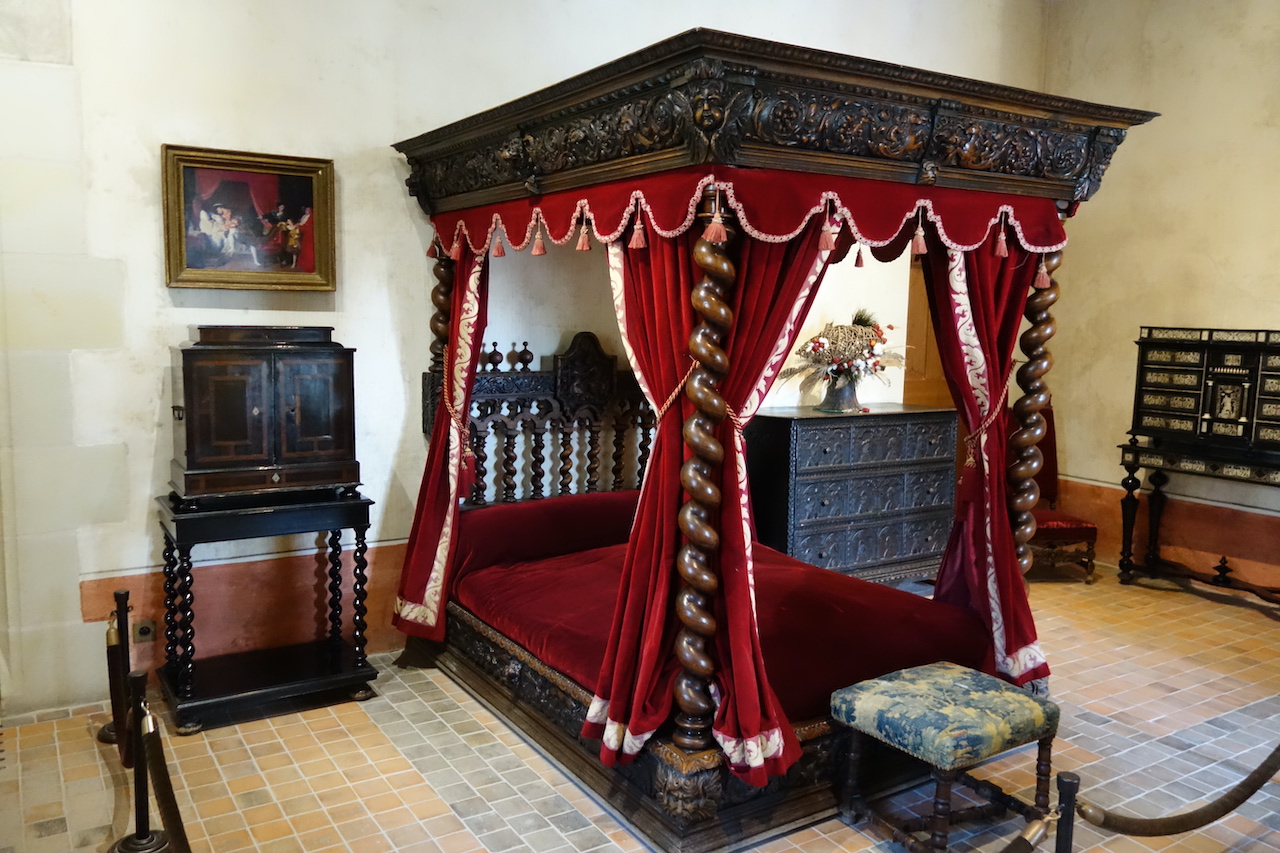


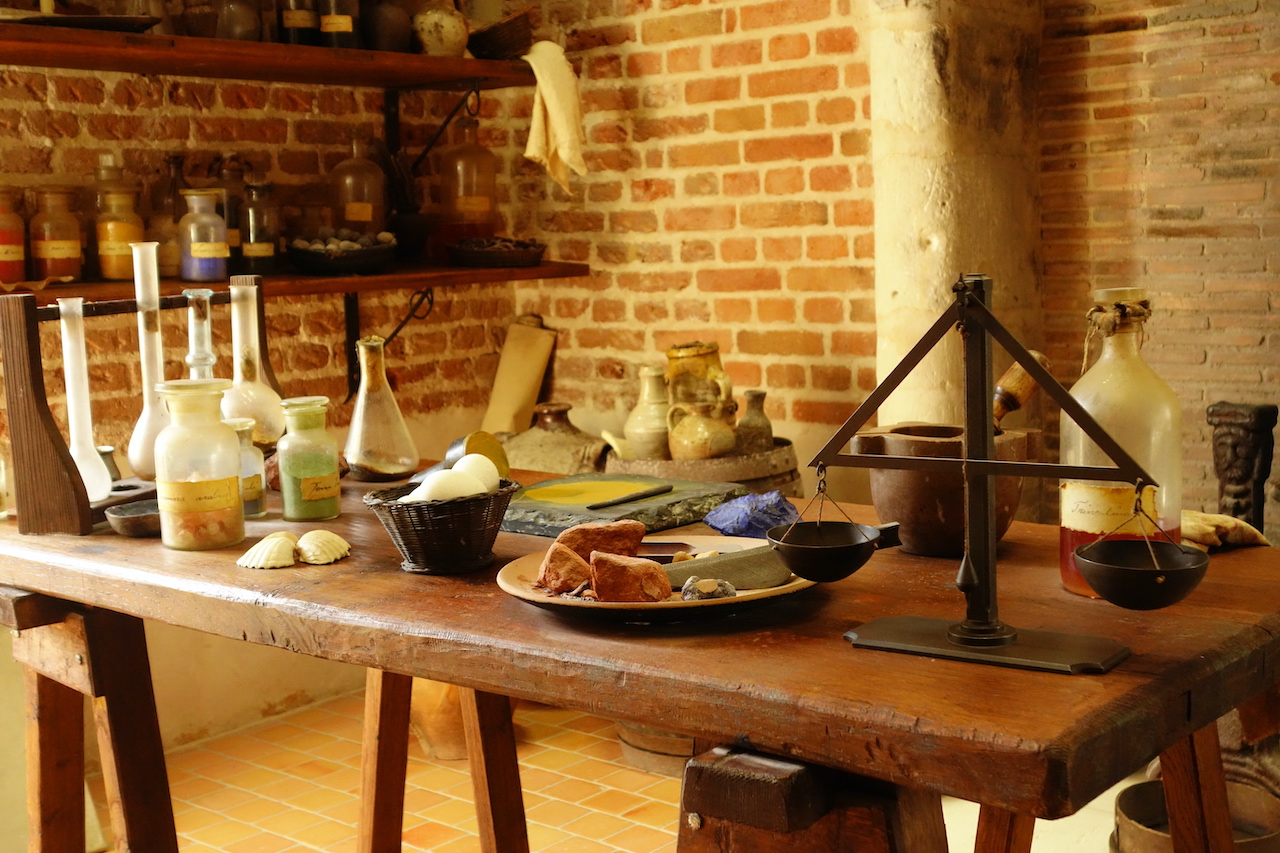


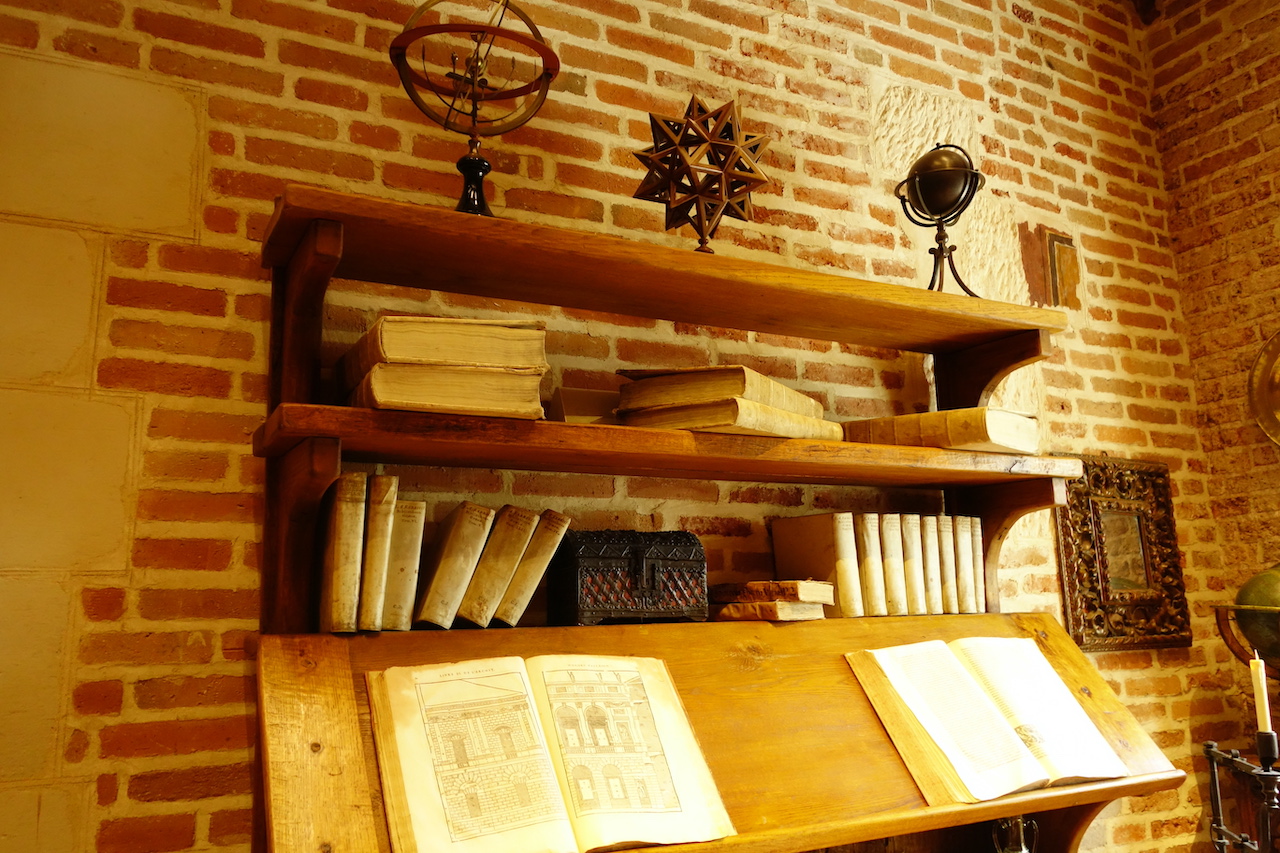


At Amboise i planned to leave the Loire and ride south, but not before visiting a much lesser known building, the Pagode de Chanteloup. I tried to reach it from several sides, but all routes were entry forbidden, but I managed to get close. If you really want to visit it, access is via the D31, east of the pagado. I went west of it, and as the day was coming to an end, and lots of rain forecasted, I just went on, searching for a good camping spot for possibly two nights in a row. I was carrying enough food and 9 liters of water, which should be sufficient for 36 hrs.
The forest south of the pagoda has possibilities but just too many mosquitos so I carried on, crossing the Cher river, the A85 highway before finding a suitable spot.
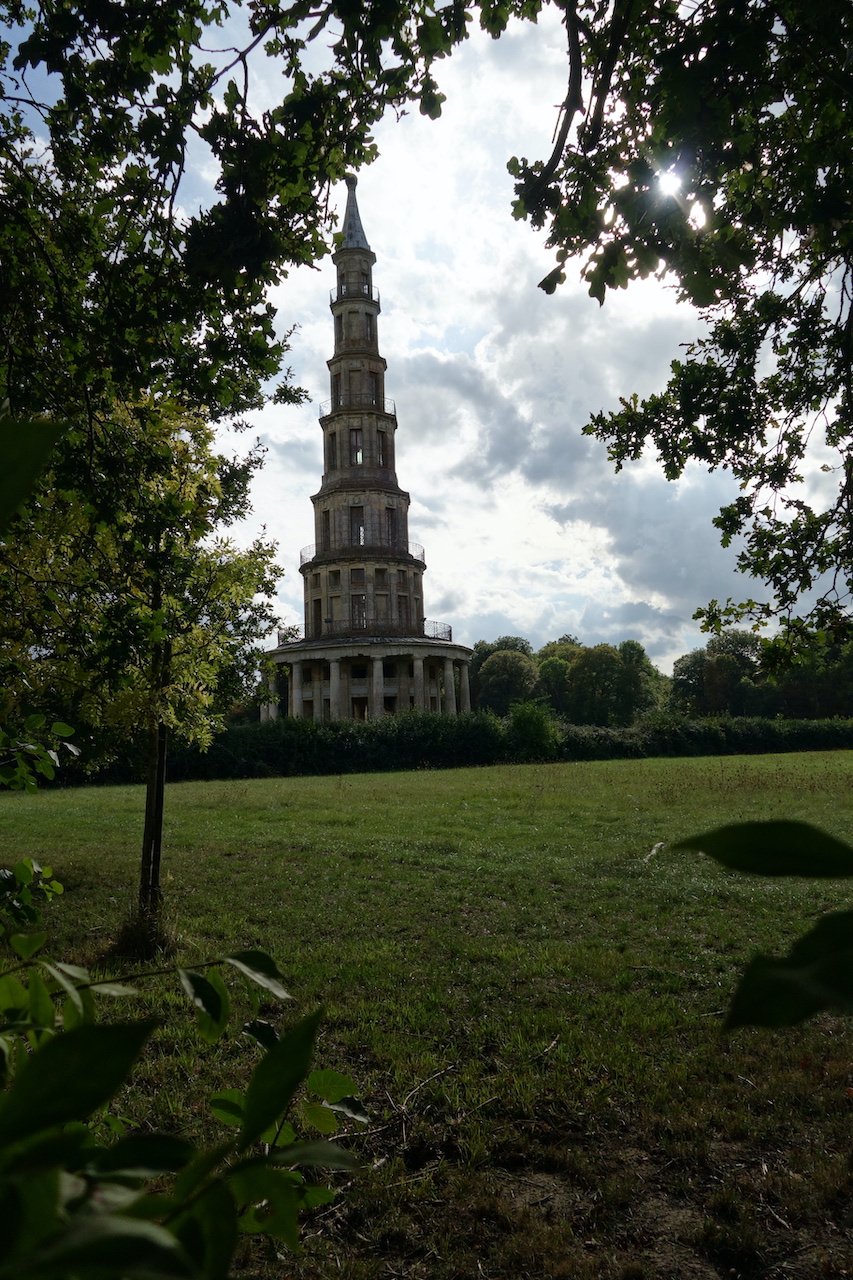

From my camping spot, after indeed two nights and some heavy rains and fierce winds, I rolled down towards the Indre River.
The small city of Loches is supposed to be a very pretty place, but seemed to busy for me. Instead, I hung around Beaulieu-Les-Loches, on the other side of the Indre river. Charming village with some impressive buildings and a nice pub with friendly owners.

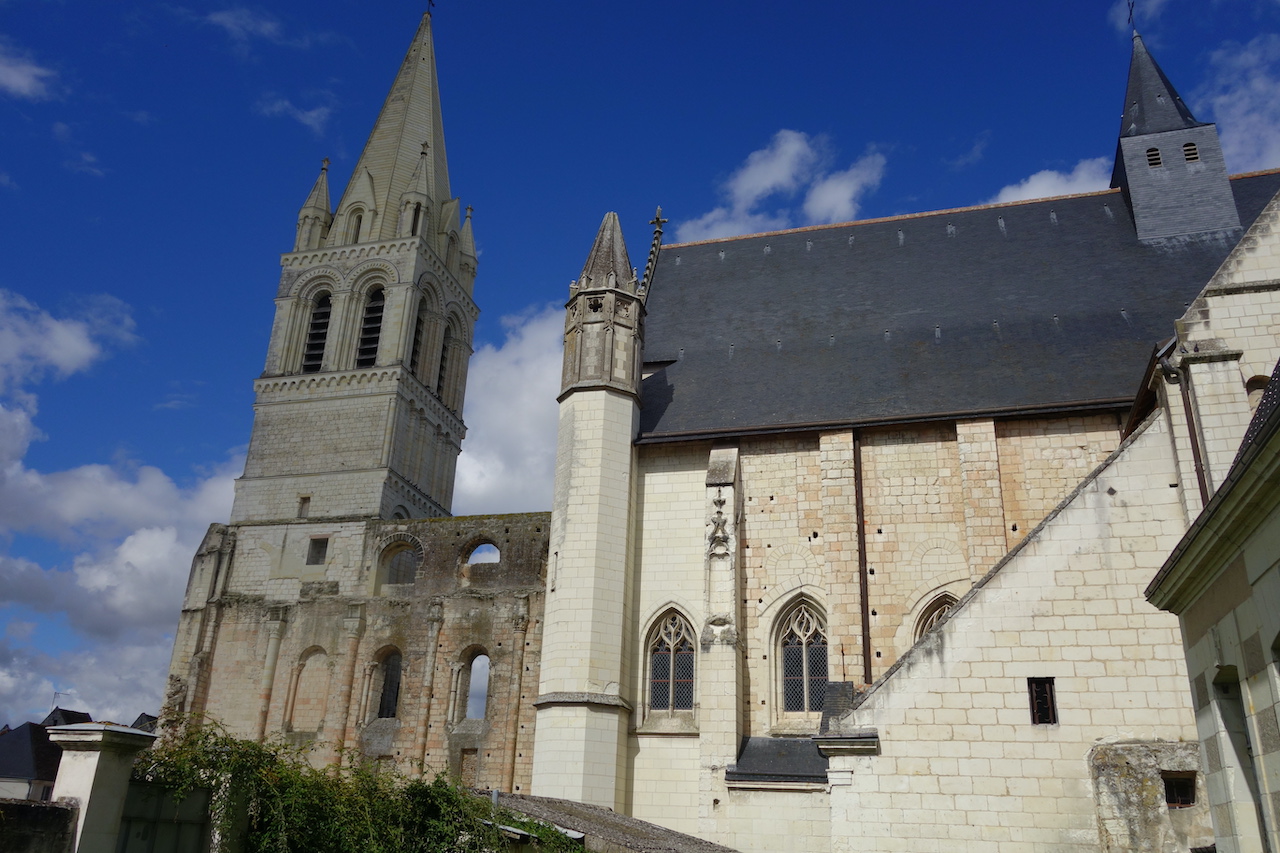
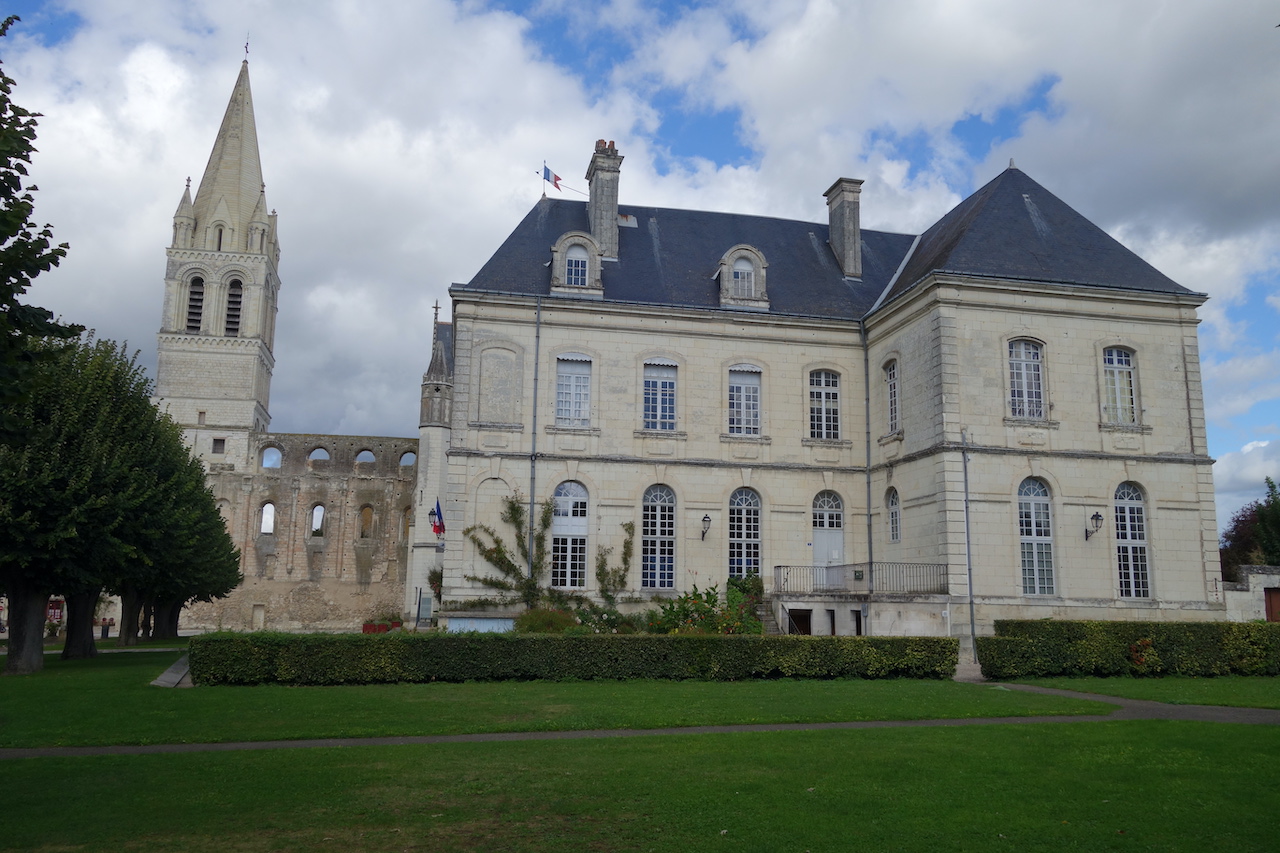

Later that day, going from a tiny paved road to a gravel road, to a small sandy track, ending up at a cart track which probably only sees a tractor a couple of times a year, I felt safe to pitch the tent just next to the track, with amazing views to the surrounding fields and trees.
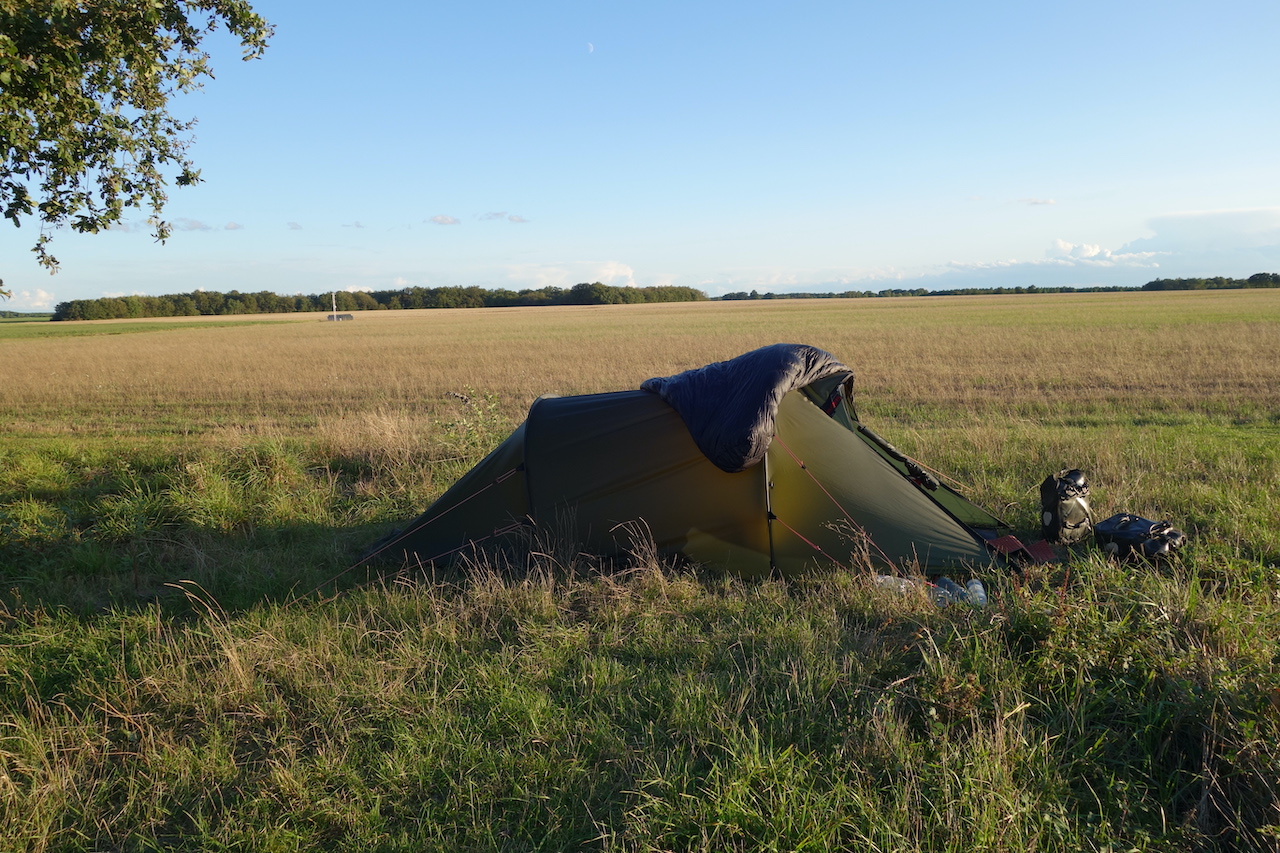
Next river I encountered, La Claise, was really beautiful again but soon I left the river behind to follow the voie verte (greenway) ‘Loches Sud Touraine’. This old railway line leads me through the ‘Parc Naturel de la Brenne’, one of France’s 45 nauture parcs. This one consists of more than 2.000 manmade lakes, many of them dating back to the middle ages, so they look quite natural by now. The River Creuse is the most important river crossing the parc.
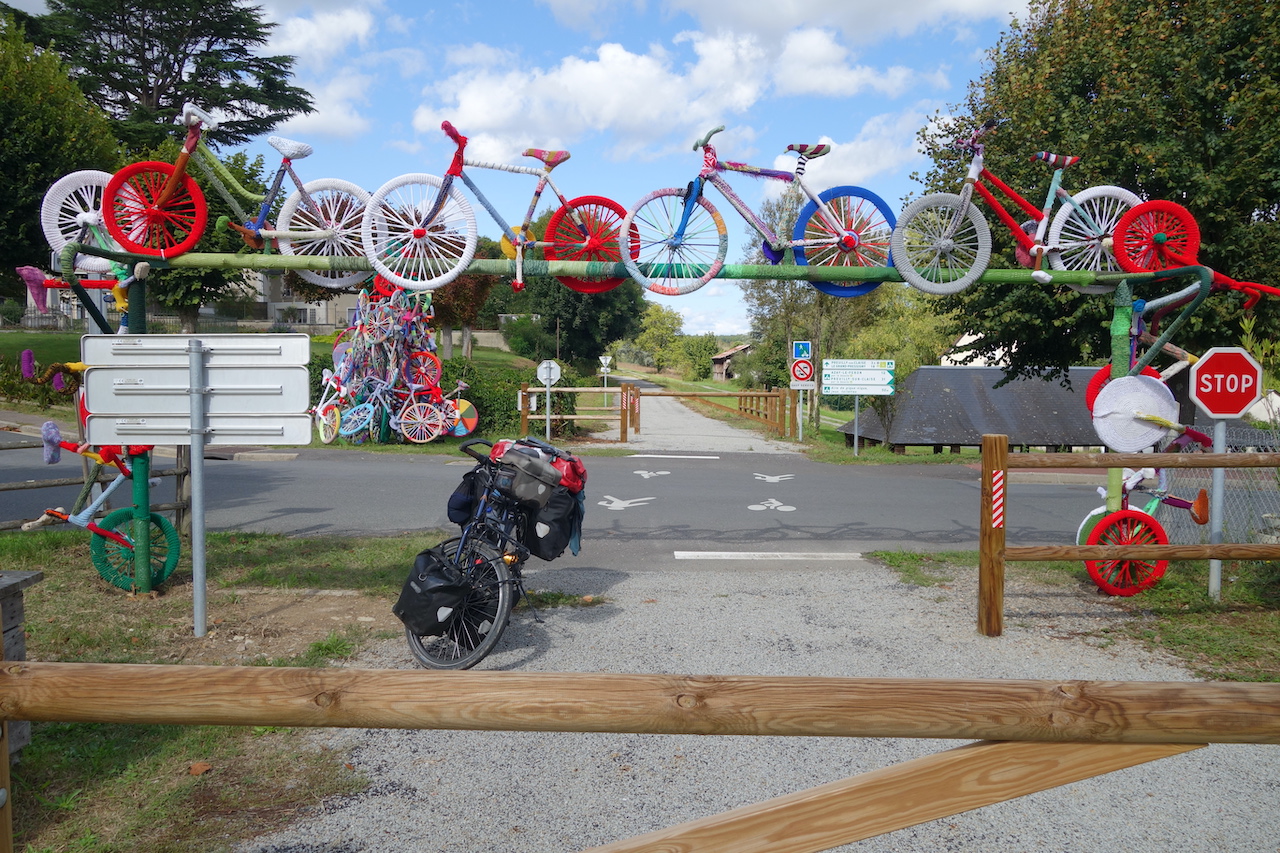
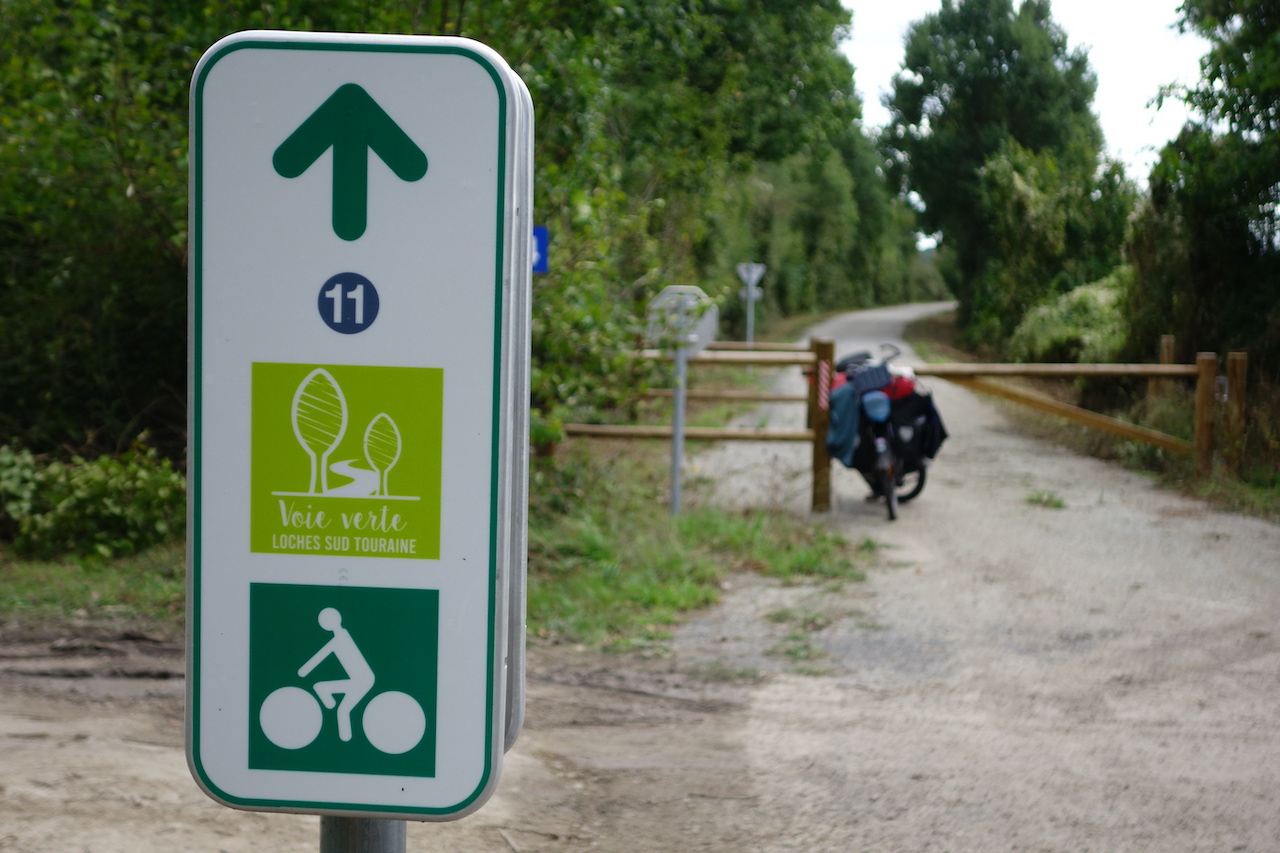
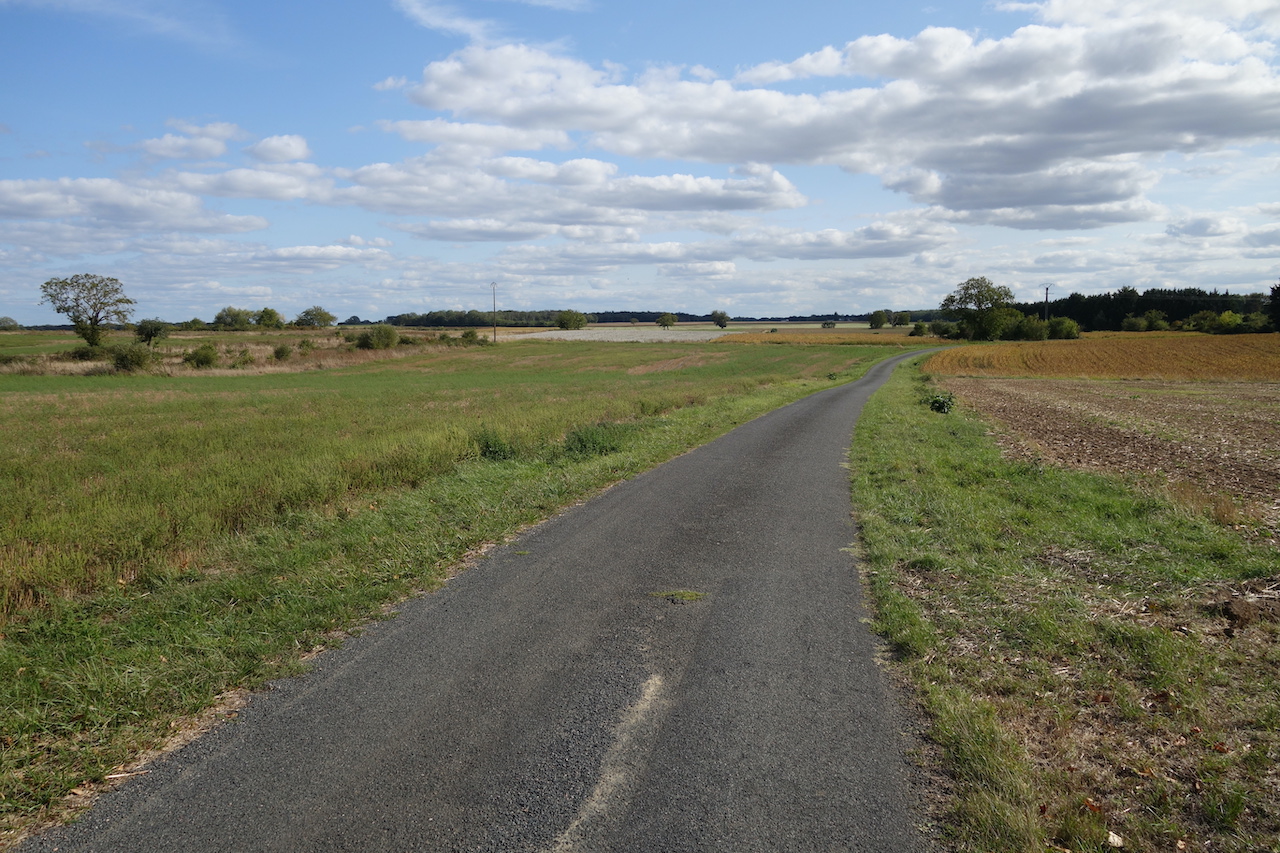
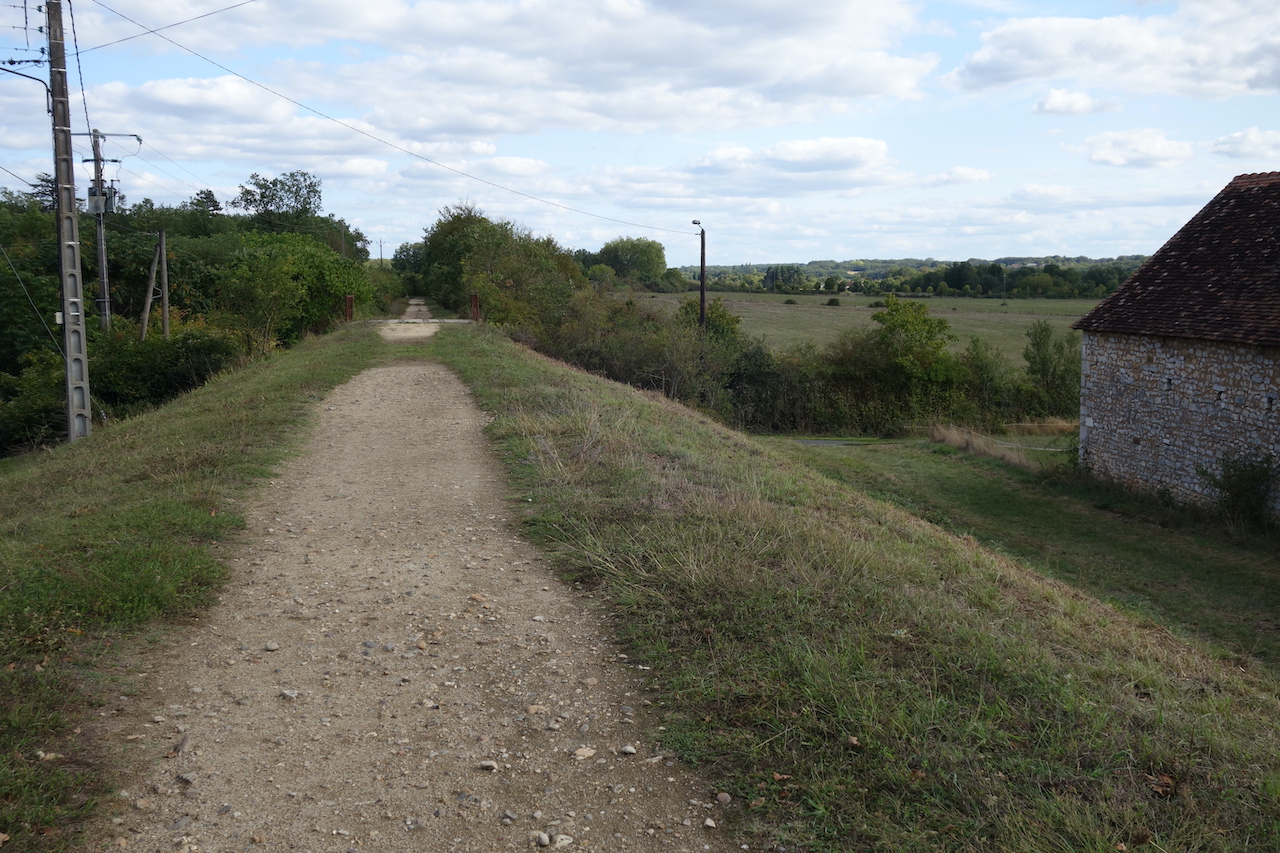
Just before the city of Le Blanc, the voie verte passes a big Roma/Gipsy parc. One can not start to imagine the rubbish and pollution they create, between their own caravans, and for a long stretch along the voie verte. Why is this allowed ?
At Le Blanc, I ride over the impressive old railway bridge to cross the Creuse River. I’m now on the ‘Voie Verte des Vallées’ (greenway of the valleys). It now is an unmaintained single track, only for those who love to ride on stuff like this.



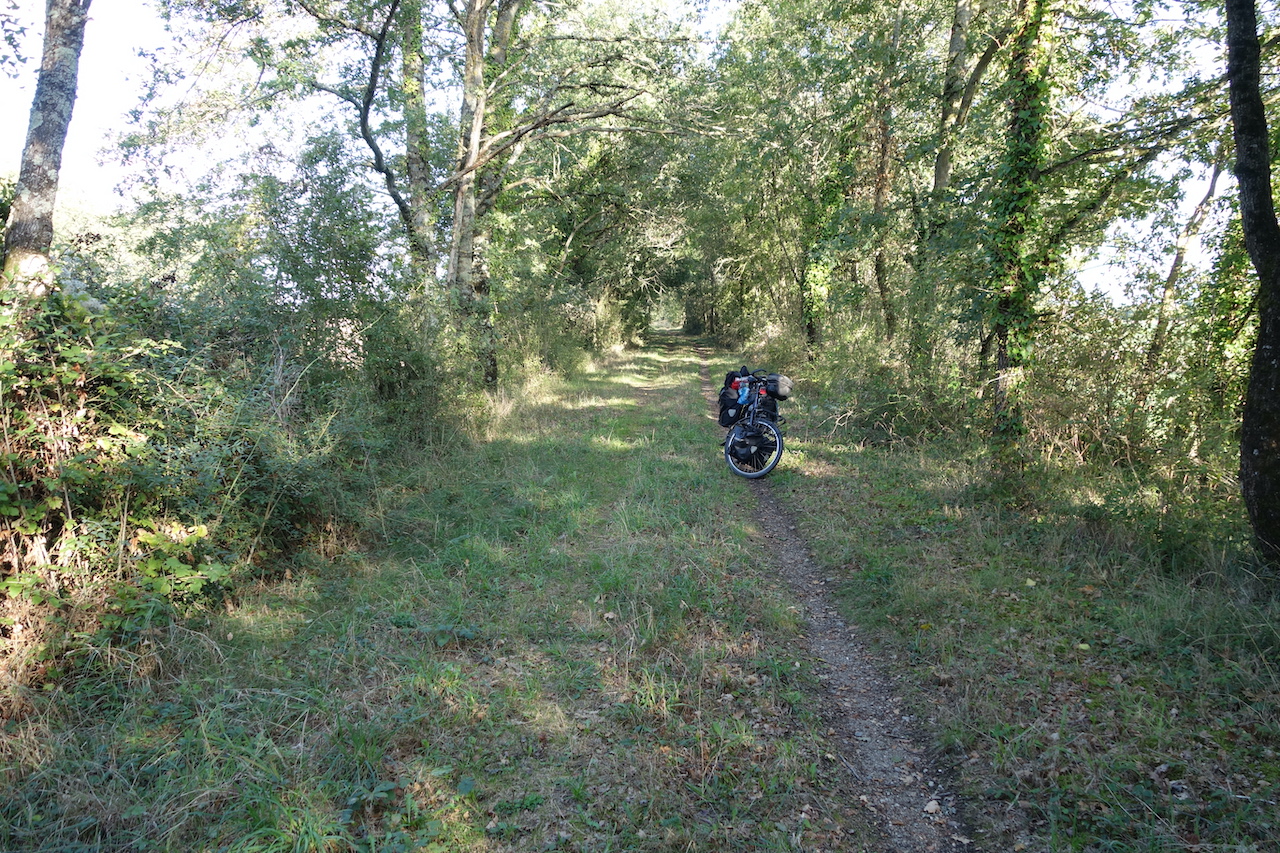
Near ‘Ingrandes’, the track is suddenly blocked and I was forced to descent into the beautiful old town. I lost the track for a bit, but driving around in all directions found it again.
The track improved again. I’m am now entering the fourth region on this trip, Nouvelle-Aquitaine. It’s the largest region in the country (84.000 km2, more than twice the size of Belgium), but it’s only the fourth most populous region.


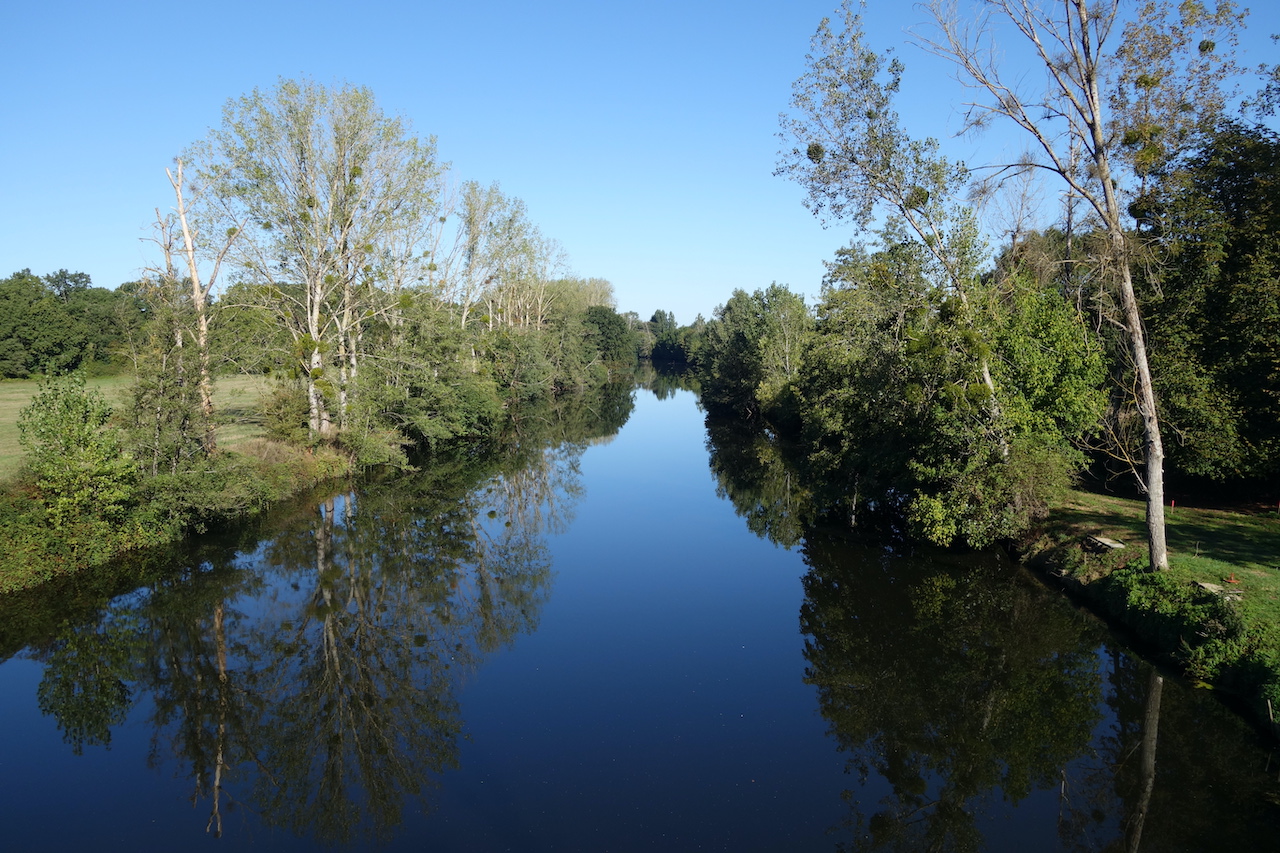
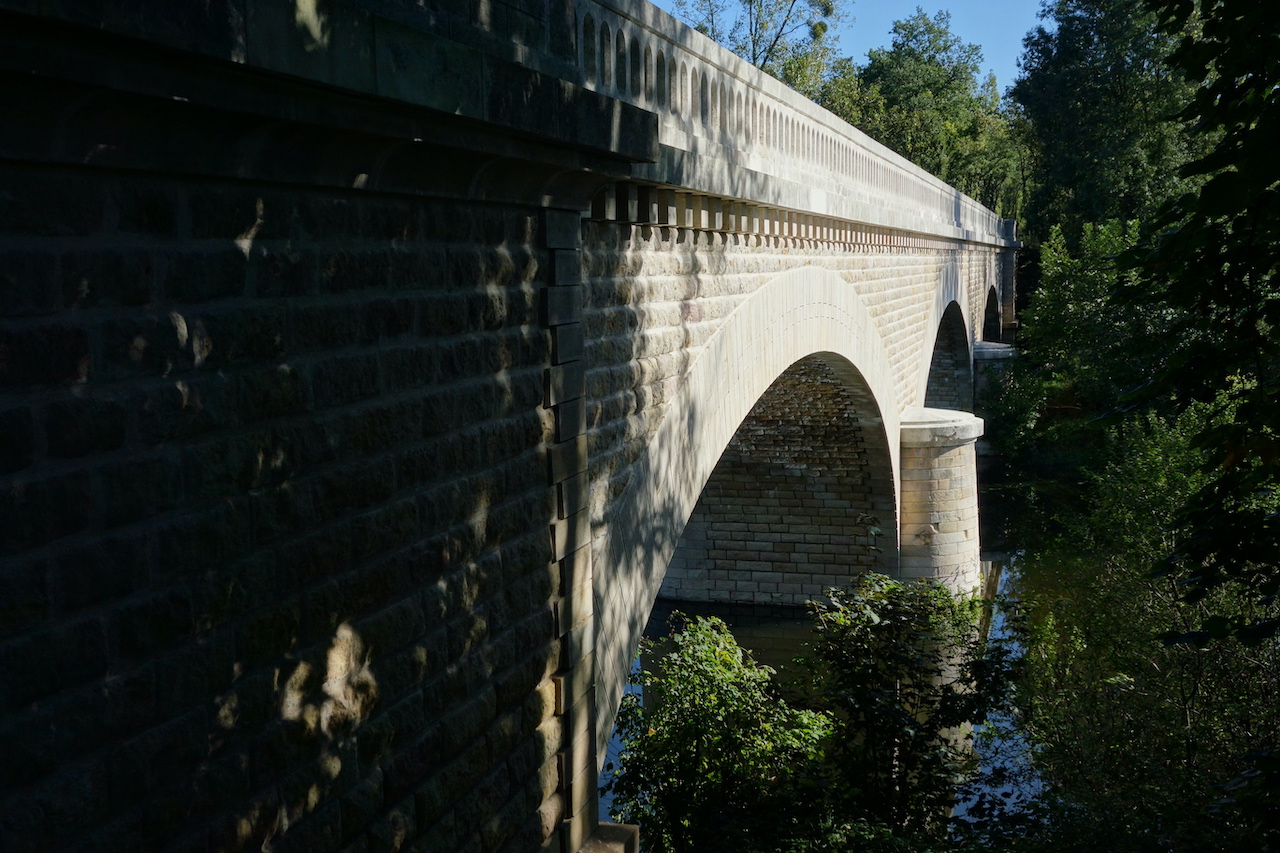
If I am correct, the greenway comes to an end again just before Chauvigny. Instead of taking the main road into town, I went a bit north of that and took the old route, now closed to traffic, the ‘Route Forrestière de la Loge’. Chauvigny is again a town marked as one of the most beautiful in France. It indeed is, but it seems I’m not the only one to have noticed that. A quick ride into town to have a look at the old ‘Donjon de Gouzon’ and the little square beneath it sufficed for me. Down I went to the Jardin Public (public parc) with a very beautiful pond and excellent view to the old buildings in the old town above. The benches next to the pond served well to dry out my tent while having lunch.

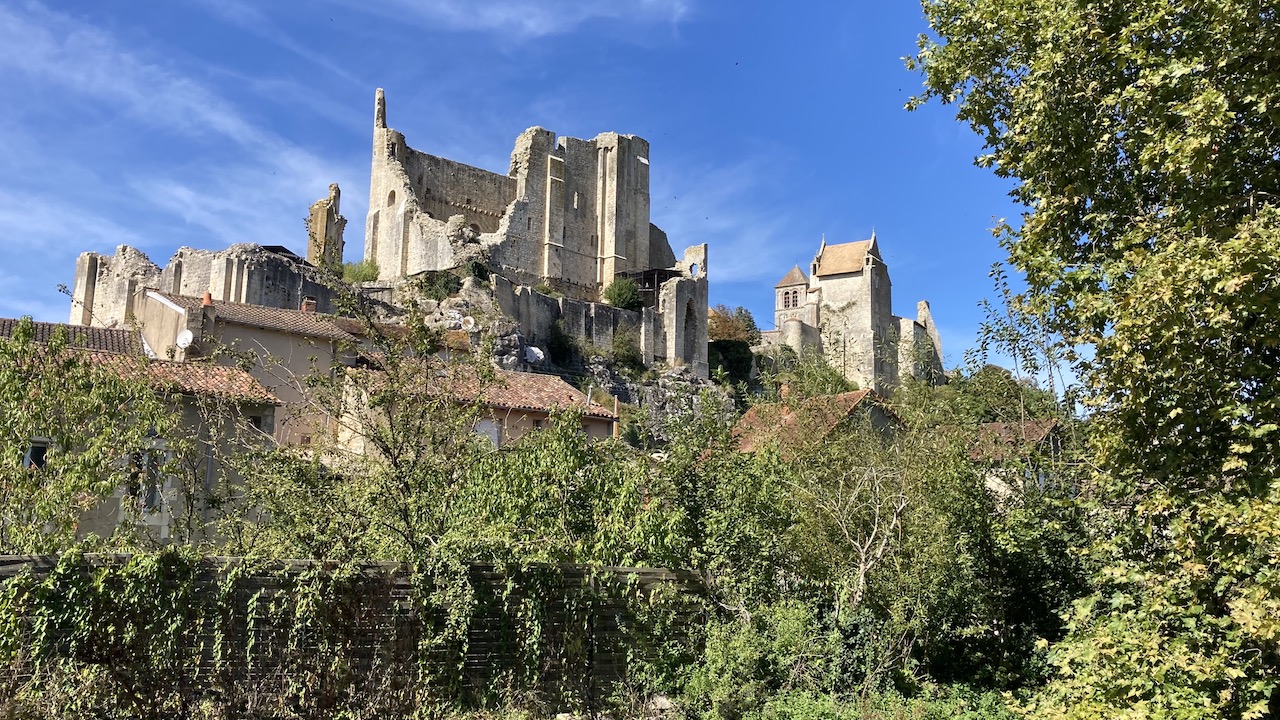
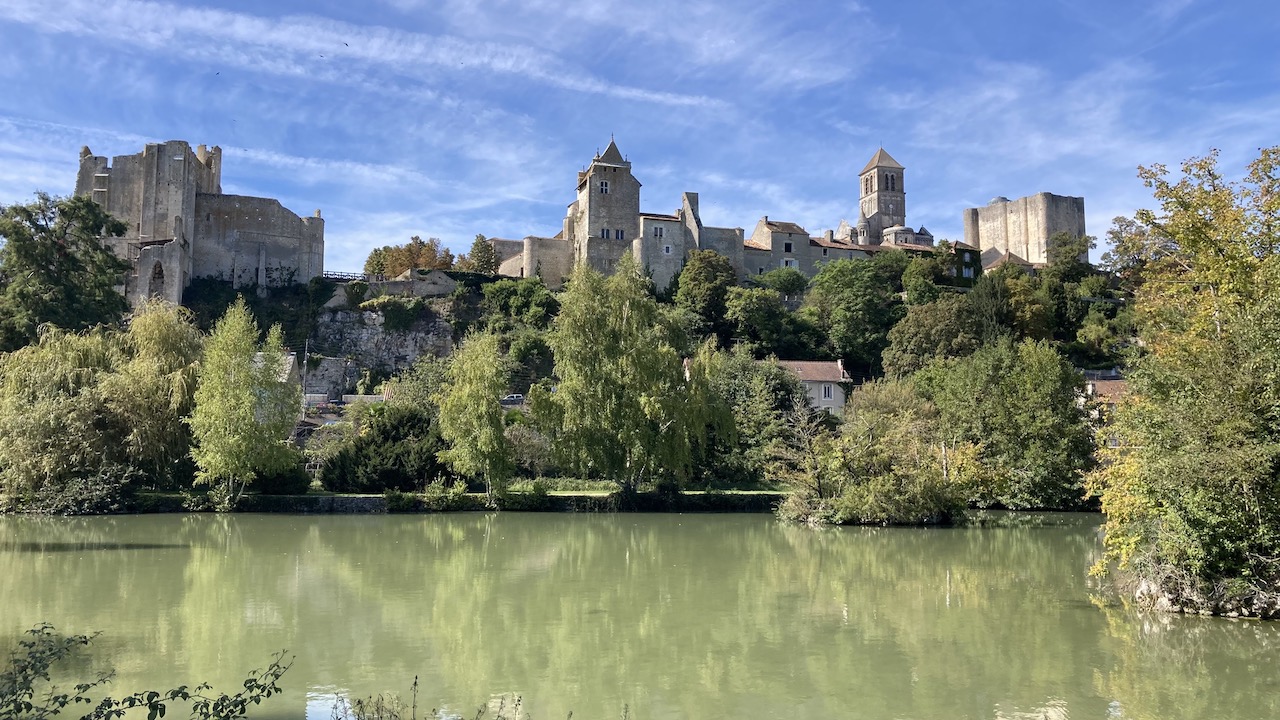
After crossing the Vienne River, I passed yet another historical place, Monthemer.
Châteaux-Garnier, marks the point where I start follow the principle Camino de Santiago route coming from the north for a little while. I’m in the country dominated by the Charente river, maybe one of the most picturesque in France. Verteuil-Sur-Charente, a really beautiful place, not too touristy when I was there. Would have been nice to take a rest day here. I considered it, but the weather was too nice now, and I just wanted to continue cycling.

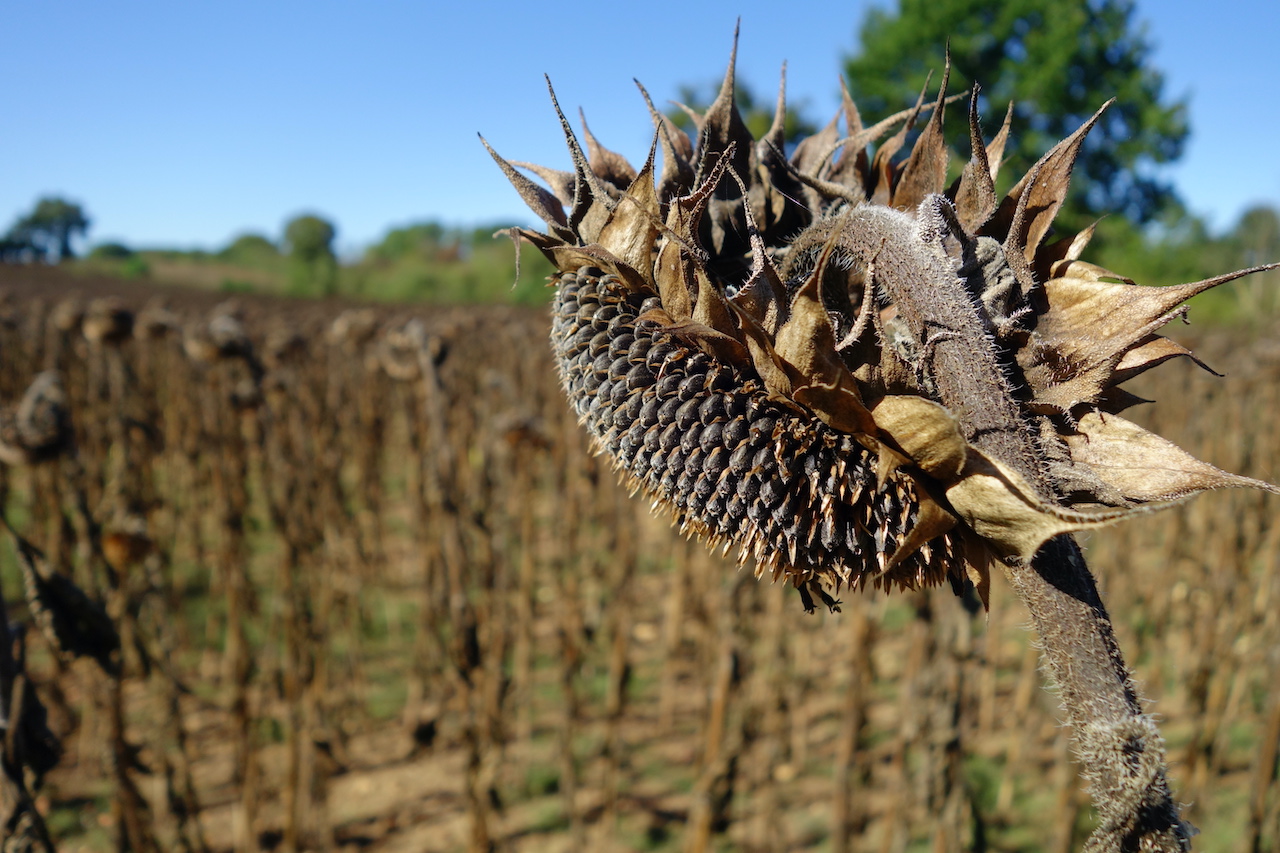

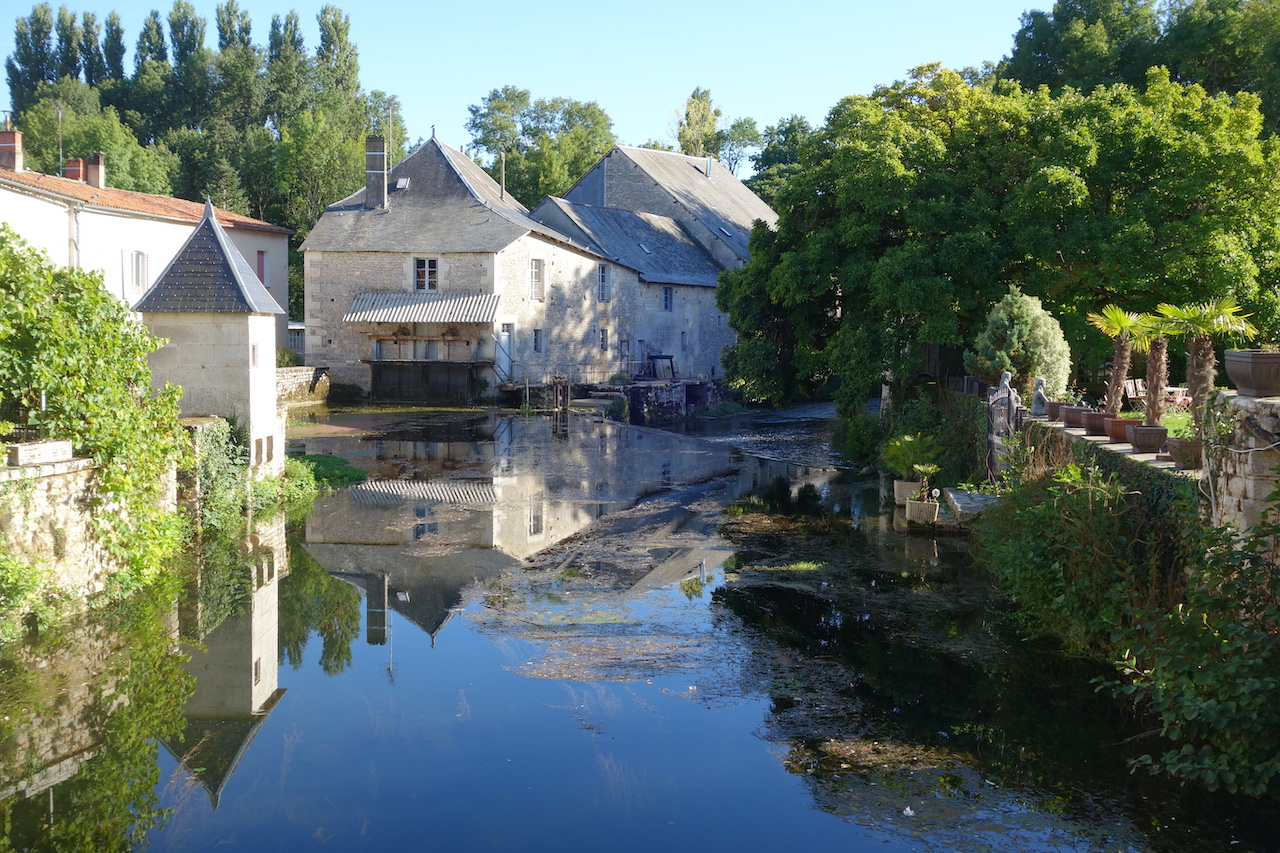
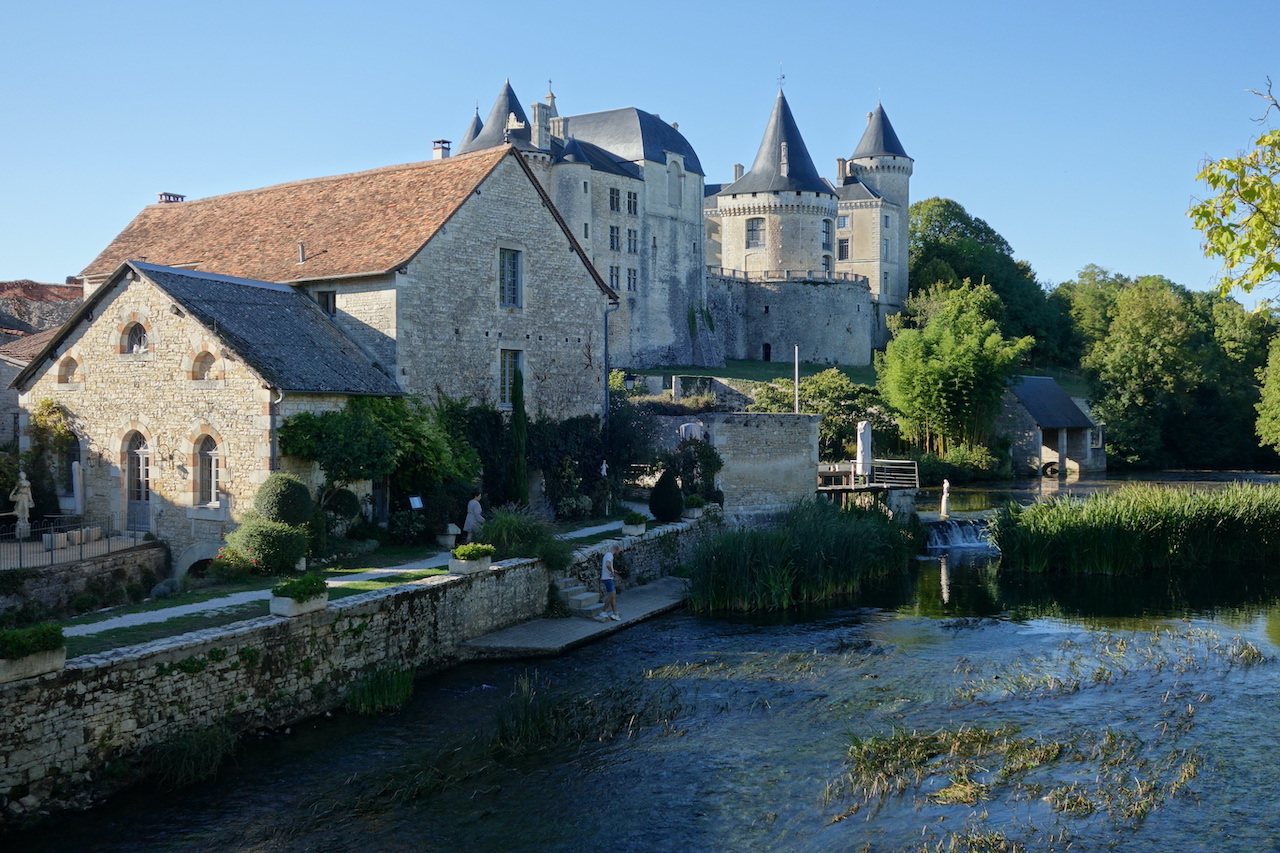
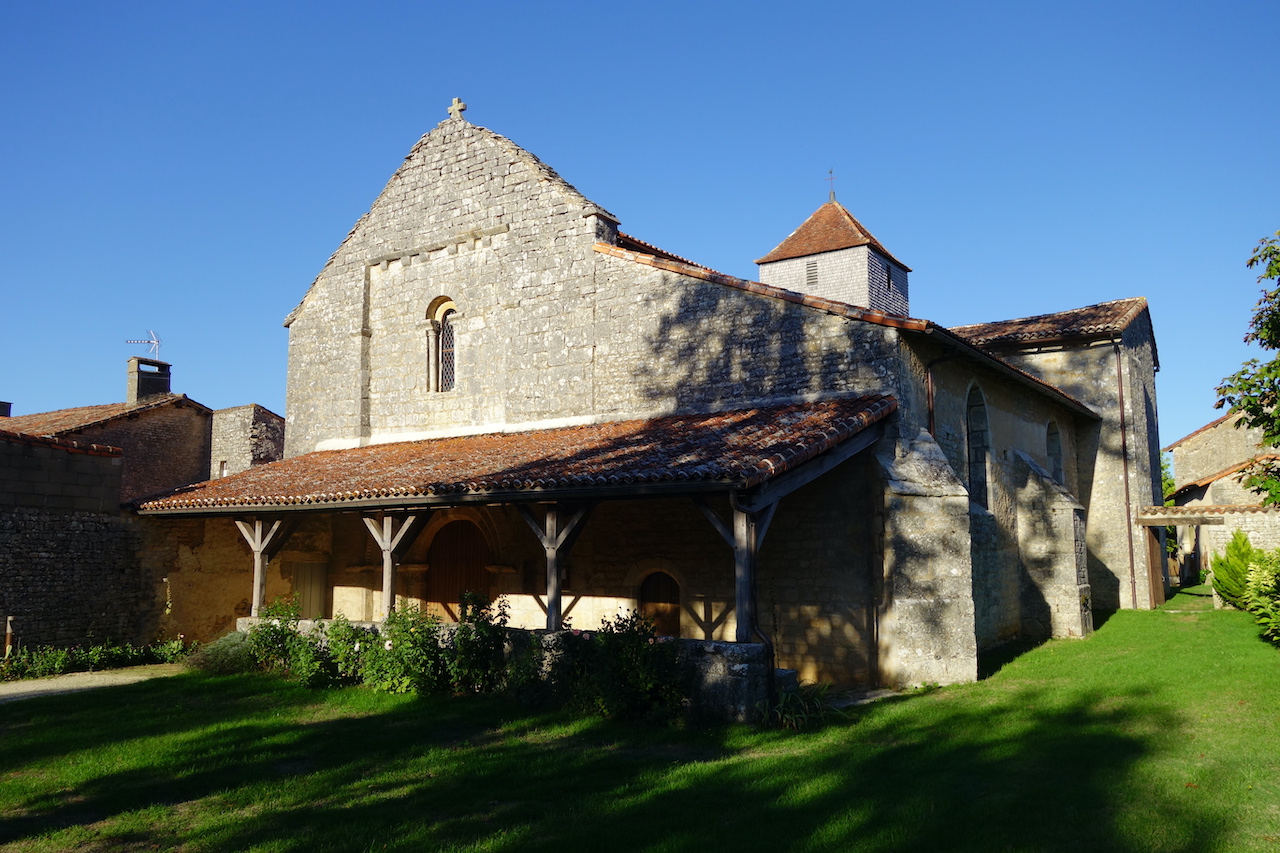
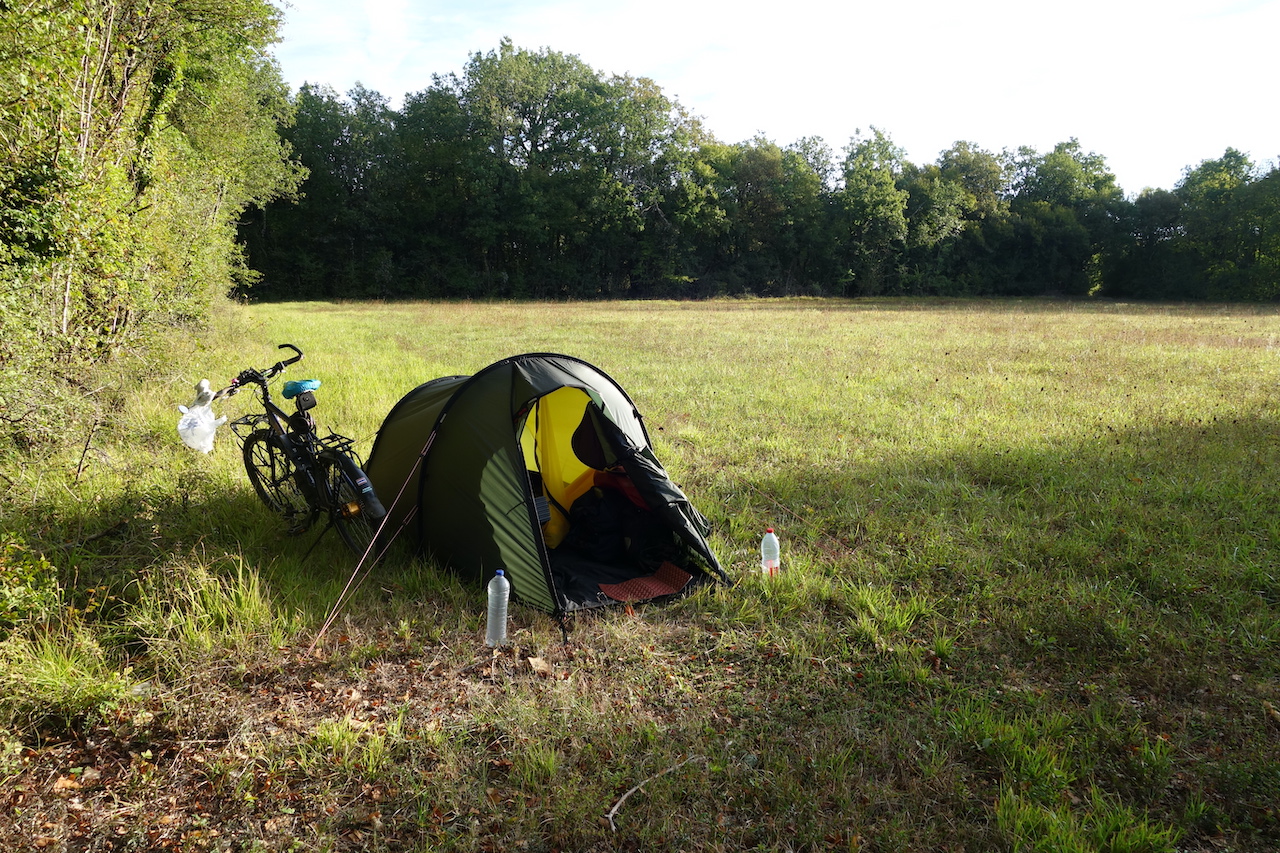
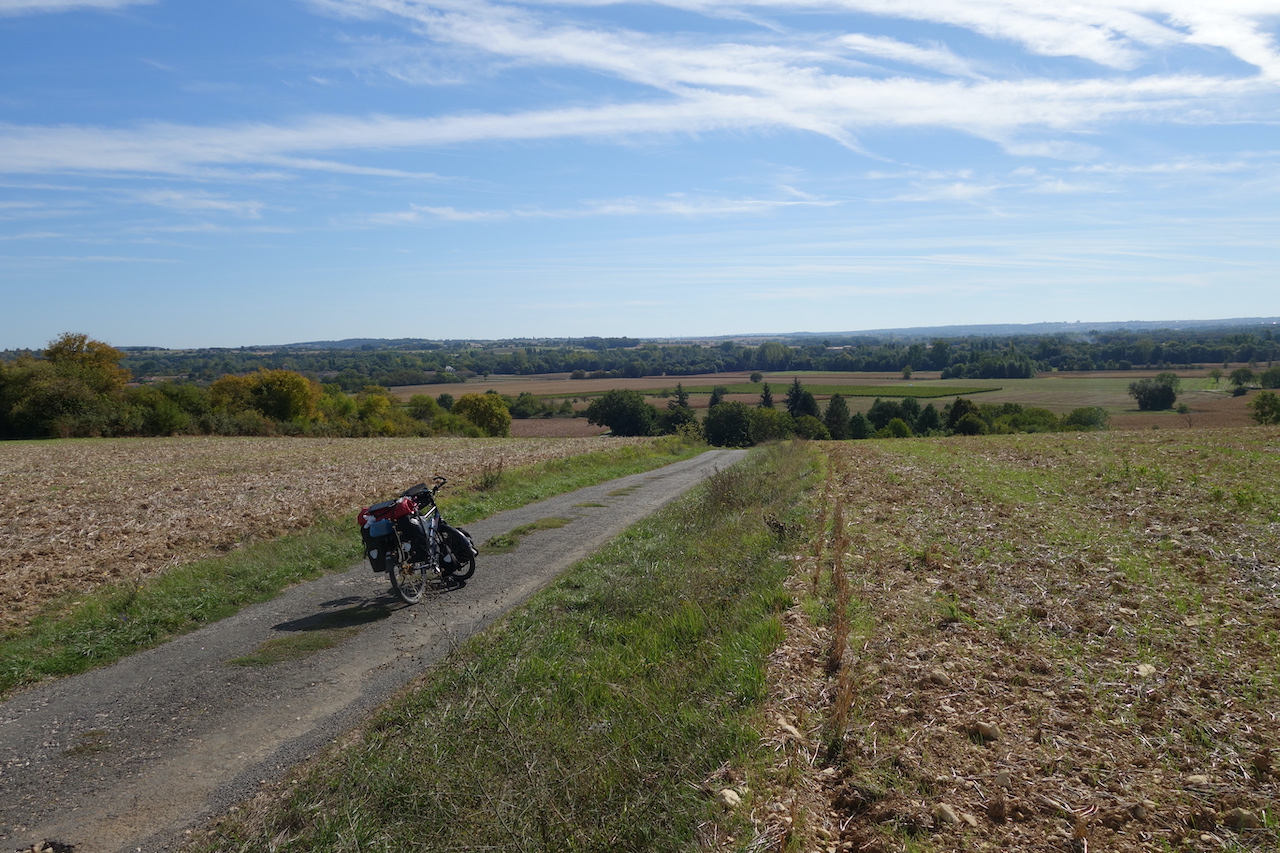

I passed just west of the bigger town Angoulème. It ’s supposed to be a nice place, but I didn’t feel like battling with the crowds and the traffic. No, instead, I was heading for another greenway, the voie verte Galope Chopine which will lead me all the way to Clérac. I liked this voie verte a lot.

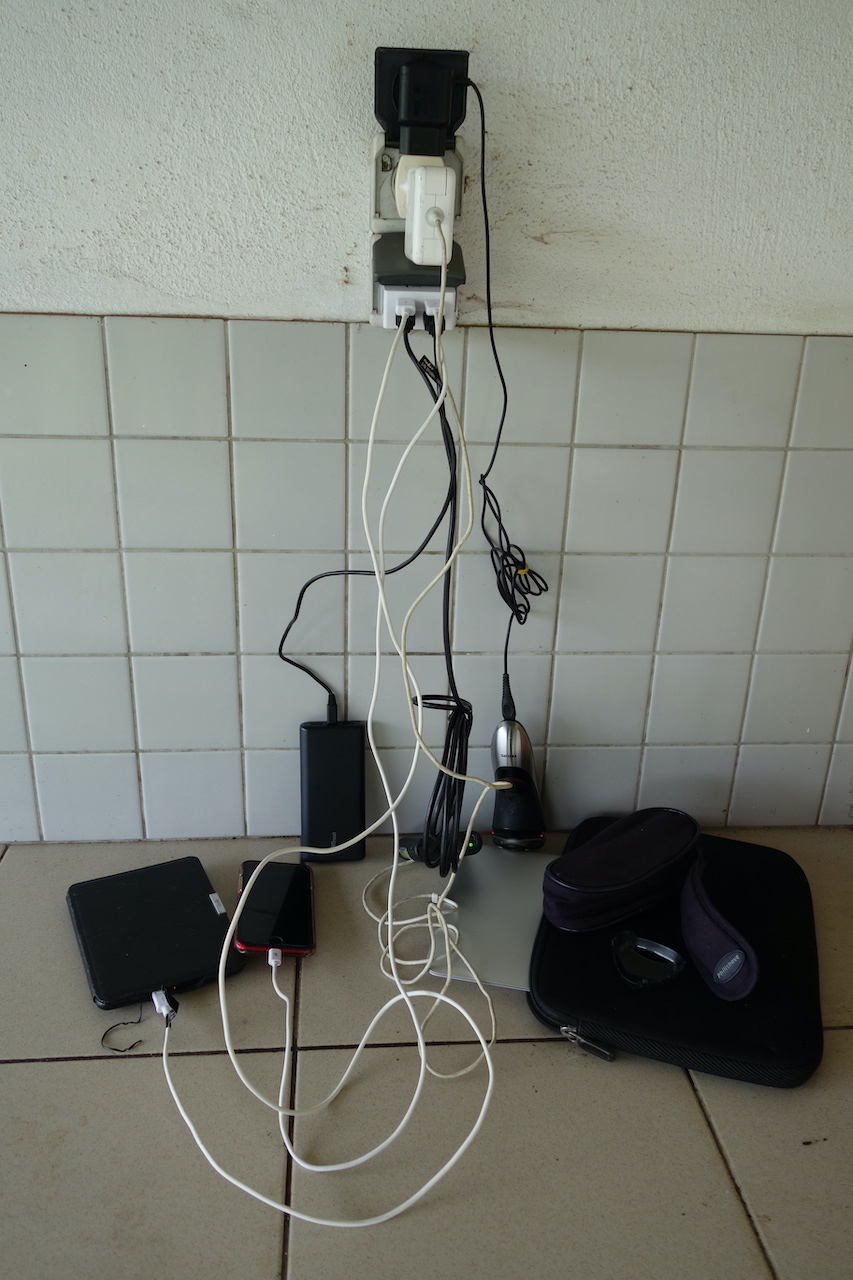
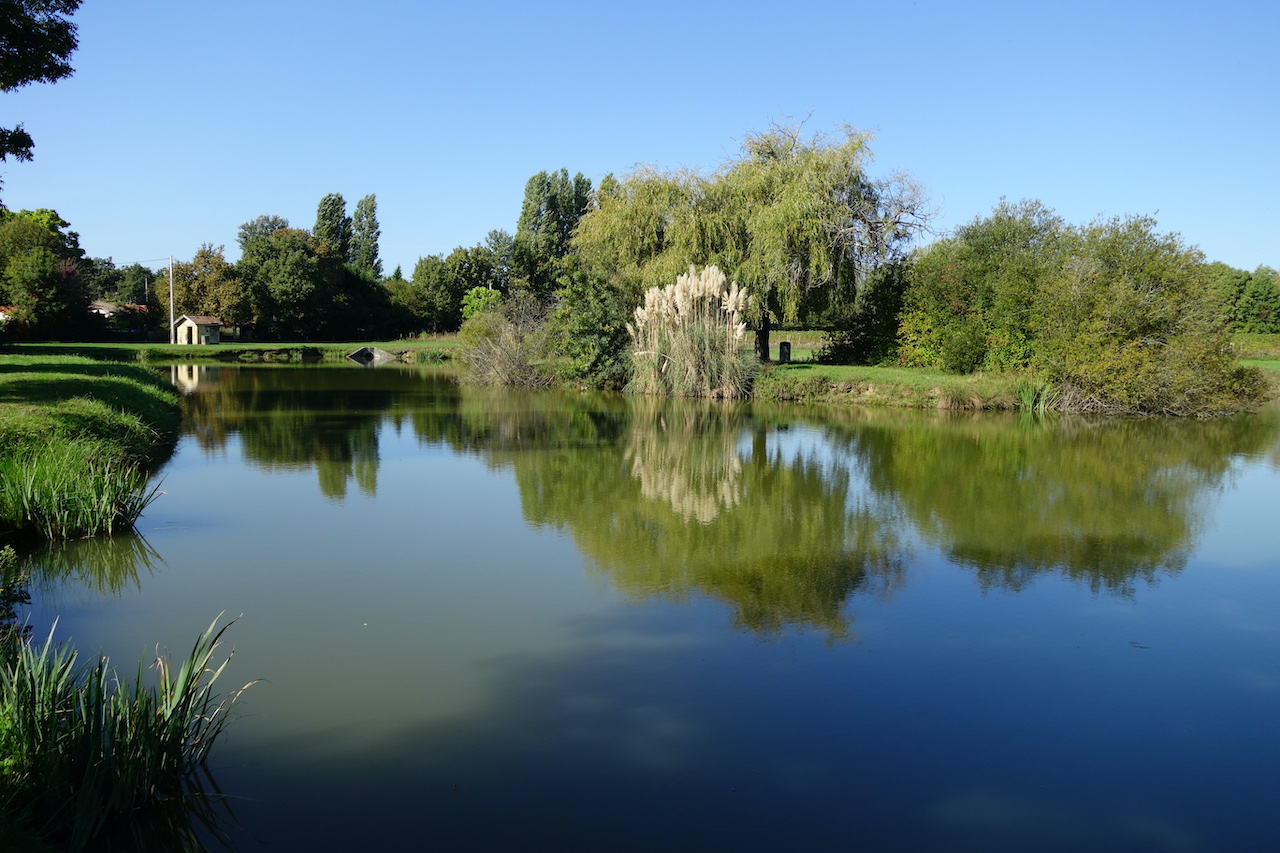
I crossed the Dordogne river via the ‘Pont Eiffel’, built by Gustave Eiffel, the same guy who built the Eiffel Tower in Paris and the Statue of Liberty in New York. The bridge was constructed between 1879 & 1883 and has a length of 1.545 meter. In 2018 they attached a side lane for cyclists and it’s now a safe way to go towards Bordeaux.


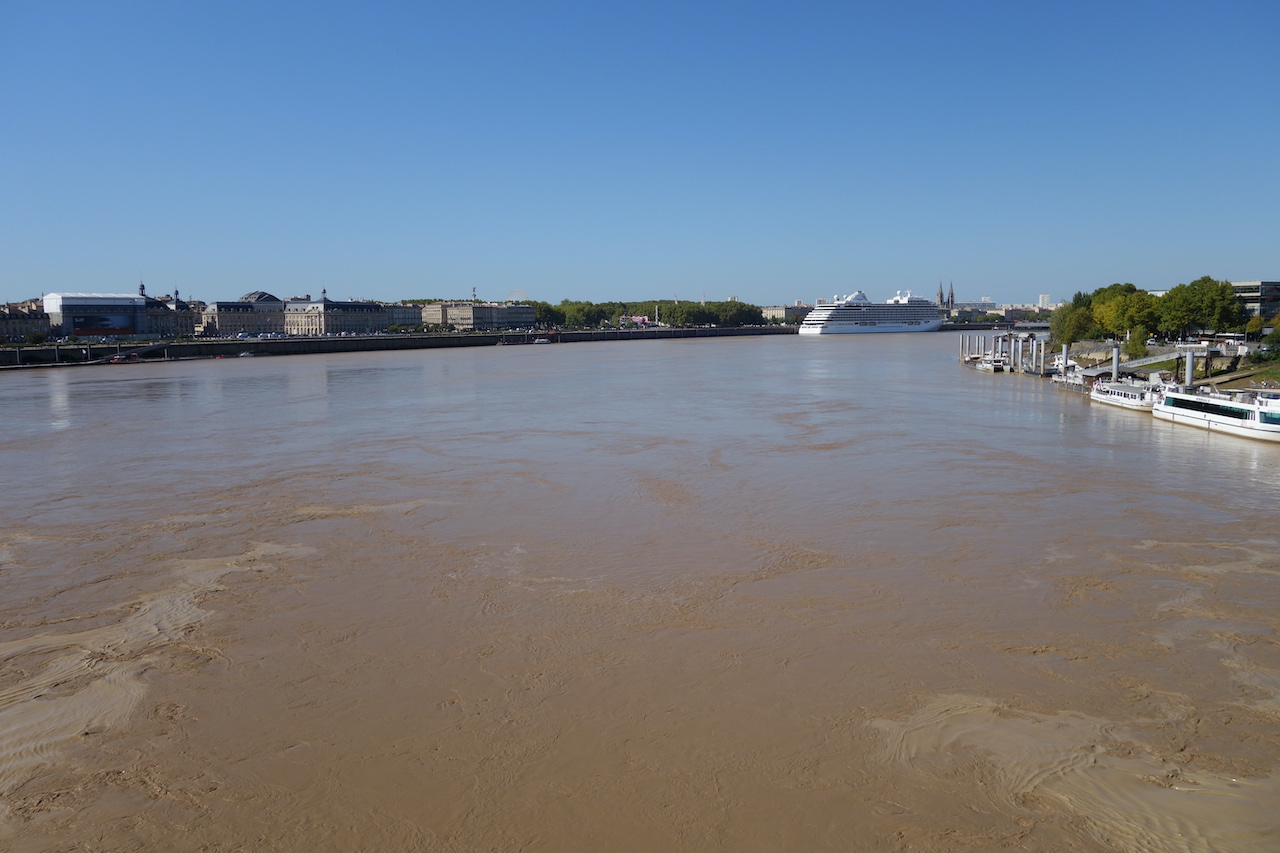

Next chapter will be about my journey through the Landes and a super-nice crossing over the Pyrenees to the Spanish border.
